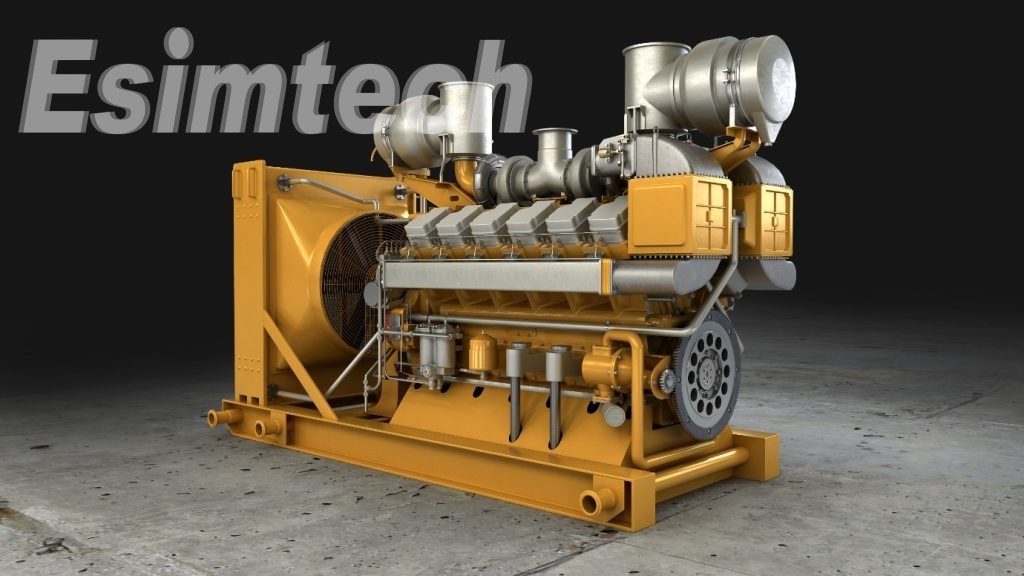One of the most important industries in the world is the one that deals with petroleum and natural gas. It is an essential component of the economy on a global scale because it is the primary source of energy and raw materials for a wide range of industries. Despite this, the sector is confronted with a plethora of challenges, such as expanding levels of competition, concerns regarding the environment, and demands imposed by regulatory authorities. In response to these challenges, the industry has begun to implement cutting-edge technologies, such as www.esimtech.com oil and gas animation, in order to enhance its business practices and achieve greater levels of productivity. We will provide a comprehensive guide to oil and gas animation in this article, discussing its benefits, applications, and future directions along the way.
What exactly is meant by "Oil and Gas Animation"?
An animation of the oil and gas production process is called an oil and gas animation. These animations are computer-generated simulations. It entails creating a 3D model of a drilling site, rig, or pipeline and animating it to illustrate the various stages of the production process. This can be used to demonstrate how oil is extracted. Oil and gas animation can be used to create visualizations of complex systems that are both realistic and accurate, which makes it much simpler for stakeholders to comprehend the procedures that are involved.
 Improved Communication and Collaboration Are Two of the Many Benefits of Oil and Gas Animation
Improved Communication and Collaboration Are Two of the Many Benefits of Oil and Gas Animation
The ability of oil and gas animation to improve communication and collaboration among stakeholders is one of the most significant advantages offered by this type of media. The extraction of oil and gas requires the participation of a diverse cast of characters, including geoscientists, engineers, regulators, and investors, among others. Stakeholders will have a much easier time understanding the processes that are involved and will be able to collaborate more effectively if animation is used to illustrate the production process.
Enhancing Our Capacity to Visualize Complicated Systems
The extraction of oil and gas requires a wide variety of sophisticated tools and procedures, such as drilling rigs, pipelines, and reservoirs. Oil and gas animation can provide a representation of these systems that is more detailed and accurate, making it simpler for stakeholders to comprehend the processes that are involved. Because of this, decisions can be made more effectively, and operational efficiency can be boosted.
Improved Sense of Security
The animation of oil and gas can be used to create virtual environments that are simulations of situations that occur in the real world. Before sending personnel or equipment out into the field, this can be used to train personnel and assess the potential dangers that may be involved. Companies are able to develop better safety protocols and reduce the risk of accidents and injuries if they first identify potential safety risks in a simulated environment and then apply those findings to the real world.
increased productiveness
Identifying potential bottlenecks and inefficiencies in the production process can be accomplished through the use of animation for oil and gas. Companies are able to identify areas of the production process that can be improved by simulating a variety of scenarios, which also helps them optimize the production process. This has the potential to result in increased productivity and lower overall production costs.
When evaluating potential drilling sites or production scenarios, using oil and gas animation can be an efficient and cost-effective way to do so. Before sending personnel or equipment out into the field, businesses can evaluate the viability of a project and determine whether or not it will be profitable by using animation to simulate a variety of different scenarios. This may save both time and money, in addition to lowering the likelihood of making costly errors.
Exploration and Development of Oil and Gas: Applications of Animation
The evaluation of potential drilling sites and the development of drilling plans can both benefit from the use of oil and gas animation. Companies are able to identify potential obstacles and optimize the drilling plan by first creating a three-dimensional model of the location and then animating the drilling process. The drilling operations that result from this could be more productive and less expensive.
Manufacturing and Business Procedures
Animation software designed specifically for the oil and gas industry can be utilized to analyze potential production scenarios, as well as locate potential bottlenecks and inefficiencies in the production process. Companies are able to improve their operational efficiency and optimize their production processes by simulating a variety of different scenarios.
Training and Risk Management
Oil and gas animation can be used to train personnel and evaluate potential safety risks in a simulated environment. This can be accomplished through the use of computer simulation. Companies are able to improve their safety protocols, thereby lowering the likelihood of accidents and injuries, if they first determine the potential dangers that could arise in a simulated setting.
Compliance with Regulations
The effect that drilling and production activities have on the surrounding environment can be visualized through the use of oil and gas animation. Companies are able to better understand the environmental impact of their activities and comply with the requirements of regulatory agencies if they first create a 3D model of the site and then animate the production process.

